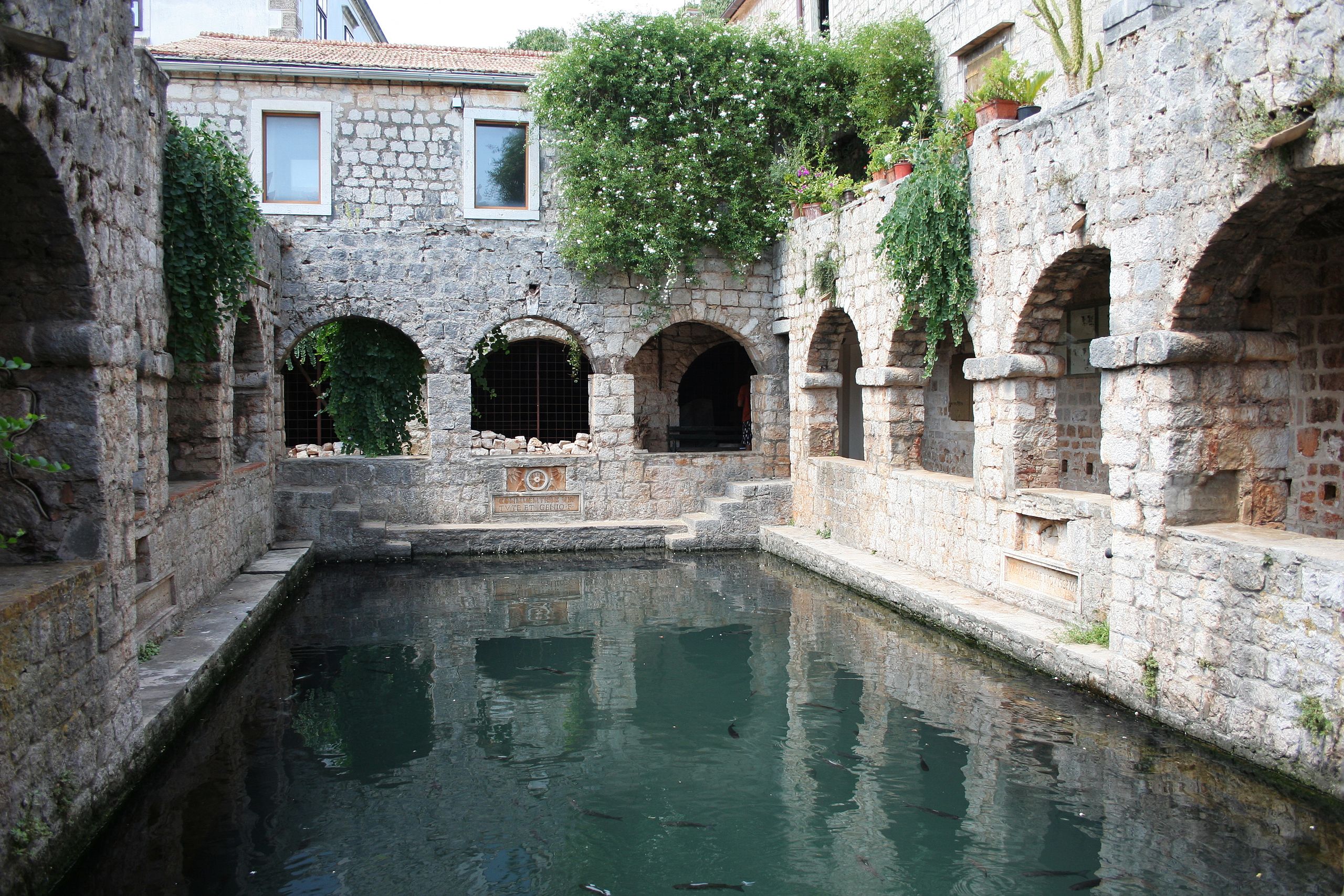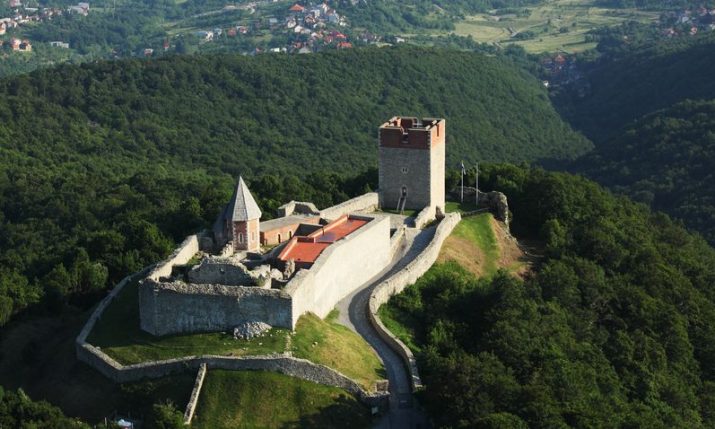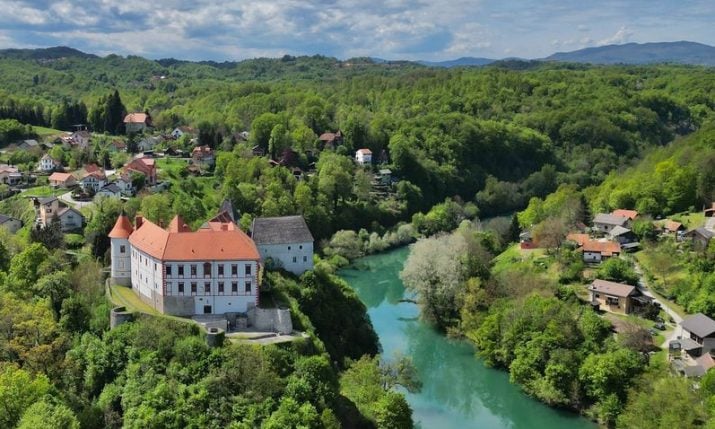10 must-see castles in Croatia
- by croatiaweek
- in Travel
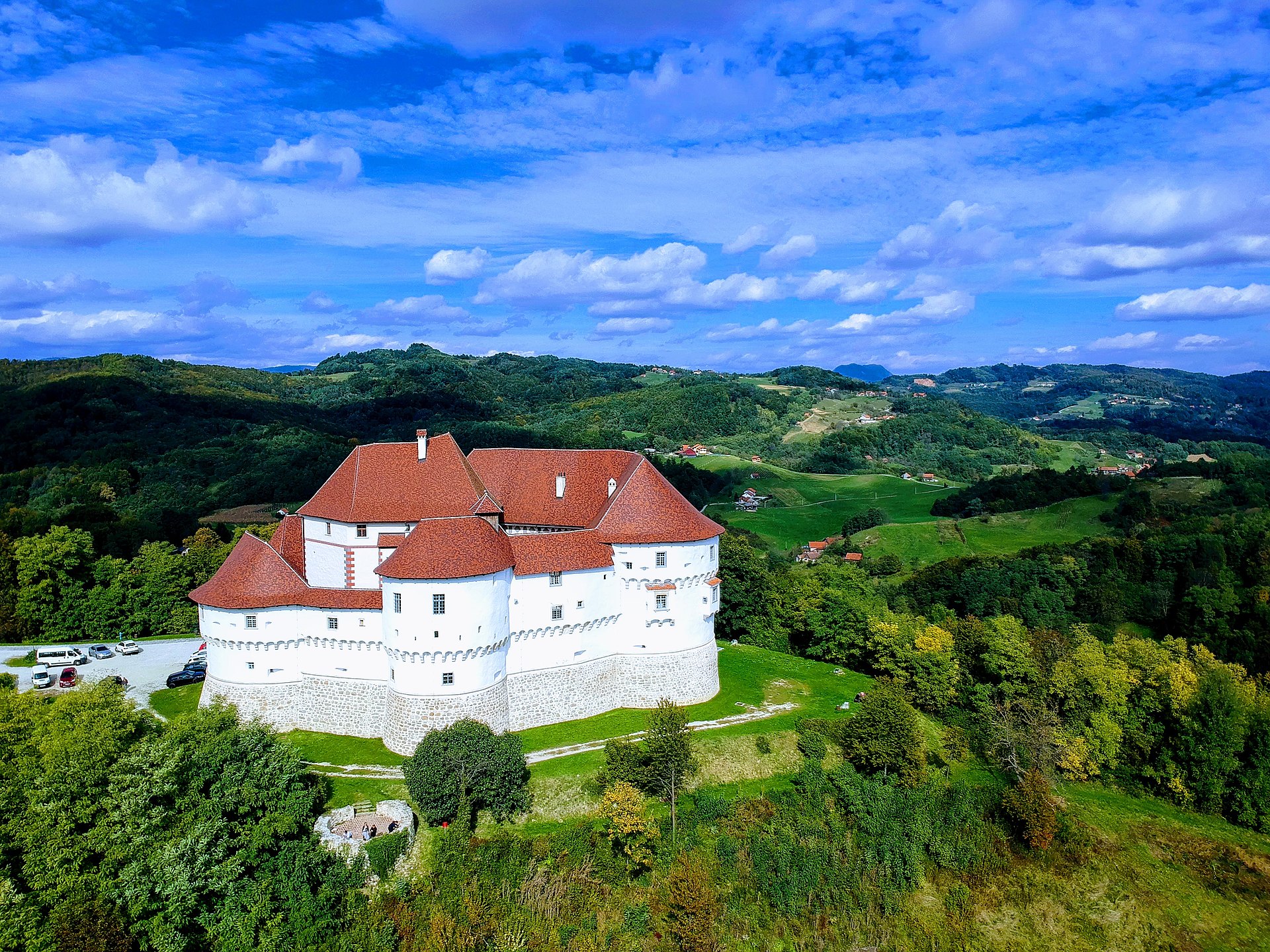
(Photo credit: Tomislav.sebalj/CC BY-SA 4.0)
By Iva Ralica
There are beautiful fortresses and ruins with magnificent views over the surrounding areas, but we just might leave those for another article. Many others are used for other purposes, such as the beautiful Lužnica castle near Zaprešić, Vojković castle in Oroslavje and Miljana near Kumrovec.
Some also are not in the best state, but that gives them an even more authentic note, such as the Zwilling castle, Opeka, and a beautiful Zrinski-Frankopan castle in Severin na Kupi.
So, here is a list of “only” eleven well-preserved gorgeous castles in Croatia.
1. TRAKOŠĆAN CASTLE
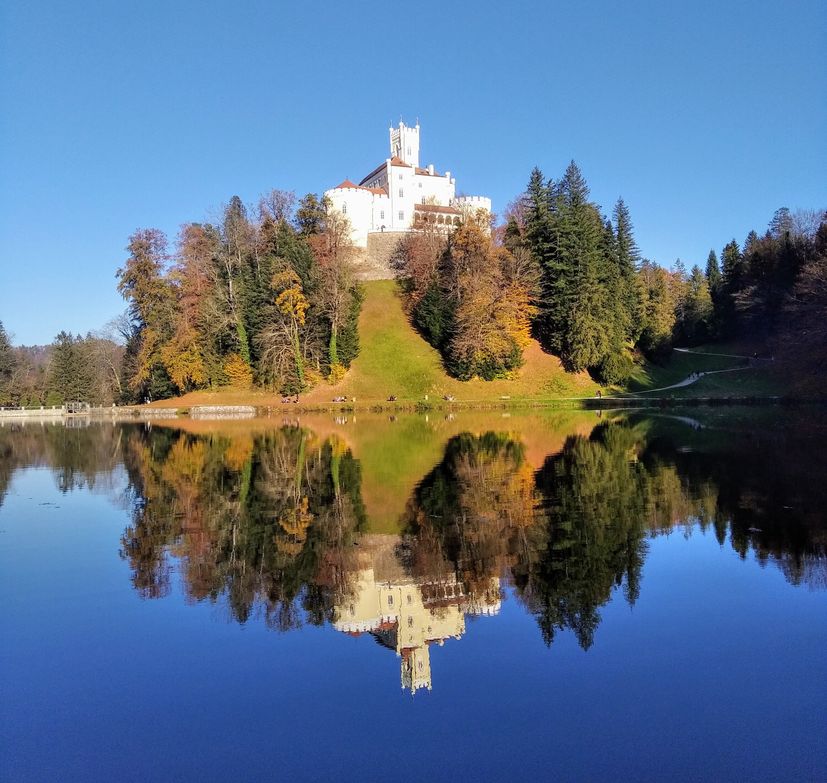
Trakošćan
One of the most beautiful castles in Croatia. Settled in northern Croatia, in the Varaždin County, back in the 14th century it was a small medieval fortress. In the 19th century, the Drašković family turned the castle into a residential manor-house in Neo-Gothic style, the surrounding landscape into a beautiful Romanticist gardens and the valley into a picturesque large lake. The castle is now a museum with collections of armour, paintings, books and baroque furniture.
2. MARUŠEVEC CASTLE
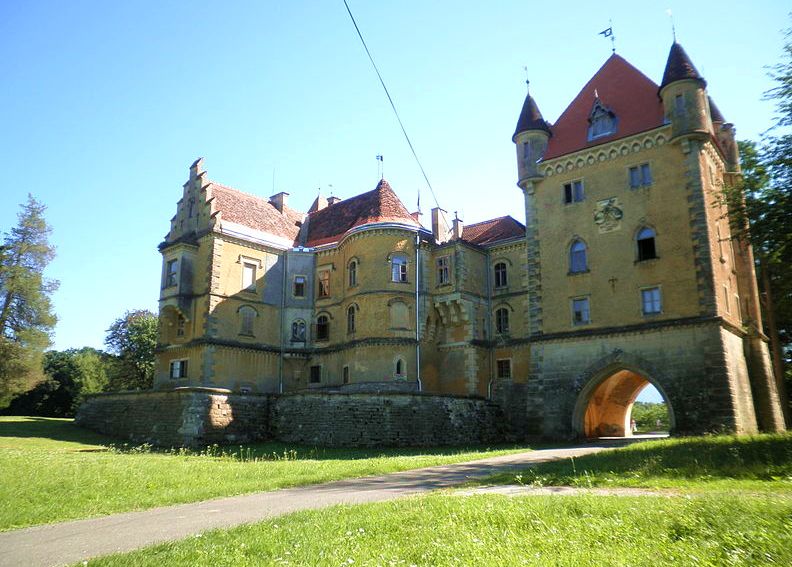
Maruševec Castle (photo credit: MaGa/CC BY-SA 4.0)
One of many gems in northern Croatia, within the Varaždin county, it used to be a beautiful medieval burg dating from the 14th century. It was enlarged in the 17th century by the family Vragović and after many owners it ended up in the hands of the Pongratz family. It is surrounded by a park, which today is a cultural monument, but only in fragments since the other parts of a 7-hectare park are turned into lawns. Still it is an impressive building where a famous movie-drama (based on an even more famous book) “Glembajevi” was filmed.
3. VELIKI TABOR CASTLE

Veliki Tabor Castle (Photo credit: Tomislav.sebalj/CC BY-SA 4.0)
This impressive castle is located in Zagorje, near Desinić. This Medieval and Renaissance castle was built back in the 12th century, but its present appearance dates to the 16th century. Its exhibition includes old vehicles, ethnographic items, swords, paintings and pottery, as well as a description of its most famous owners, the Ratkaj family. Veliki Tabor is well-known for the legend and tragic forbidden love story between a peasant girl (or a minor noblewoman), Veronika Desinić, and a nobleman, Frederick II., Count of Celje.
4. FEŠTETIĆ CASTLE

Feštetić castle (Photo: Silverije/CC BY-SA 3.0)
One of the most romantic castles, especially in Međimurje, Feštetić castle is settled near the city of Čakovec. The famous noble family Zrinski used to rule here in the 16th and 17th century. Count Feštetić renewed the castle in Neo-Gothic style in the 19th century. It used to be a summer residency for the Feštetić family and today it functions as a local primary school. It cannot therefore be seen on the inside, but it so beautiful on the outside that it just had to be here.
5. MAILATH CASTLE
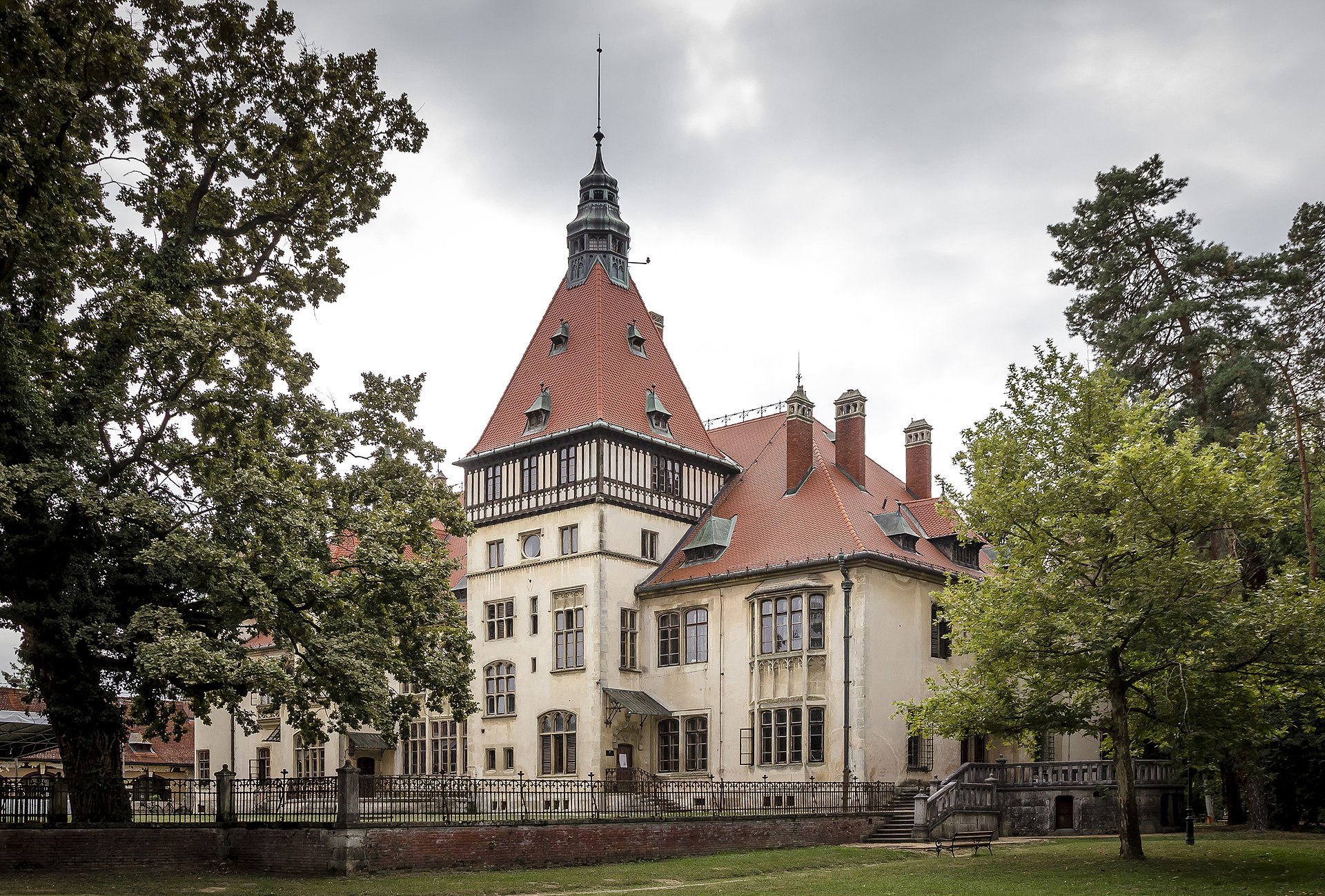
Mailath Castle (Photo: Roko Poljak/CC BY-SA 4.0)
The castle is located in Donji Miholjac, northern Slavonia, and was built in 1903 with 50 rooms, numerous towers, decorative chimneys and terraces influenced by the English Tudor style. Count Ladislav Mailath ordered the construction because his old castle didn’t have enough bedrooms to host the Emperor’s Franz Joseph’s party. It is located near the river Drava and surrounded by a beautiful park where there once was a bowling alley. Today the castle houses the municipal administration and special events and concerts – therefore it is not a tourist destination, but can be visited on request.
6. PEJAČEVIĆ CASTLE IN NAŠICE

Pejačević Castle (Photo credit: Rp031/CC BY-SA 4.0)
This castle and museum is in the middle of Našice, built in the 19th century in Neo-Baroque style and surrounded by beautiful parks and a lake. It was a home to the 19th century Croatian Ban Ladislav Pejačević and later his granddaughter, the famous (and first) Croatian pianist Dora Pejačević. Nearby is also a “Small castle”, built in Neo-Classical style in the early years of the 20th century. Also there is a beautiful late – Baroque castle Pejačević in Virovitica, which could be “7 and a half” on this list.
7. OZALJ CASTLE
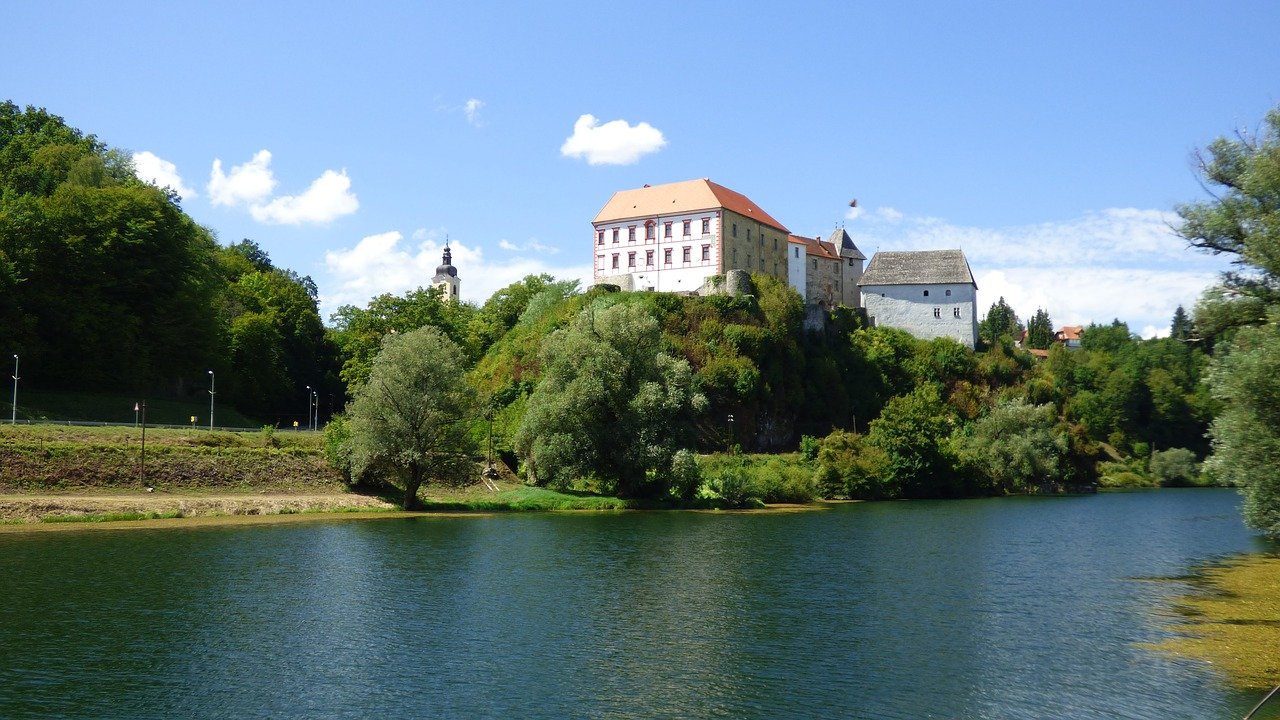
Ozalj Castle
The medieval town of Ozalj above the river Kupa was first built in the 6th century, but was converted into a castle and given the form we see today in the 18th century. The entrance to this beautiful castle is over a bridge that used to be a guardhouse. Many noble families lived here, including the Zrinski and Frankopan families. The castle is now a museum of architecture and art from the past centuries.
8. STARA SUŠICA CASTLE
This hidden gem in Gorski kotar, near Ravna Gora, is surrounded by a beautiful forest. The legend says not even Turks in the 16th century could reach the castle owned by the Frankopan family. In the 19th century it was renewed in Romantics style. Today it is a hostel but its outside fairytale atmosphere is one of the most beautiful sights in these parts of Croatia.
9. TVRDALJ CASTLE
This is a castle (a villa) in Stari Grad on the island of Hvar. It was the summer residence of the Croatian poet Petar Hektorović in the 16th century, but was in the family since 1448. It is a simple Renaissance building, without all the ornamentation that marked houses of that time. The inside courtyard contains a sea-water fish pool, arcaded terrace, a tower and a beautiful garden. The castle is settled on the shore of the bay and at the same time surrounded by the green gardens.
10. Dioš Castle
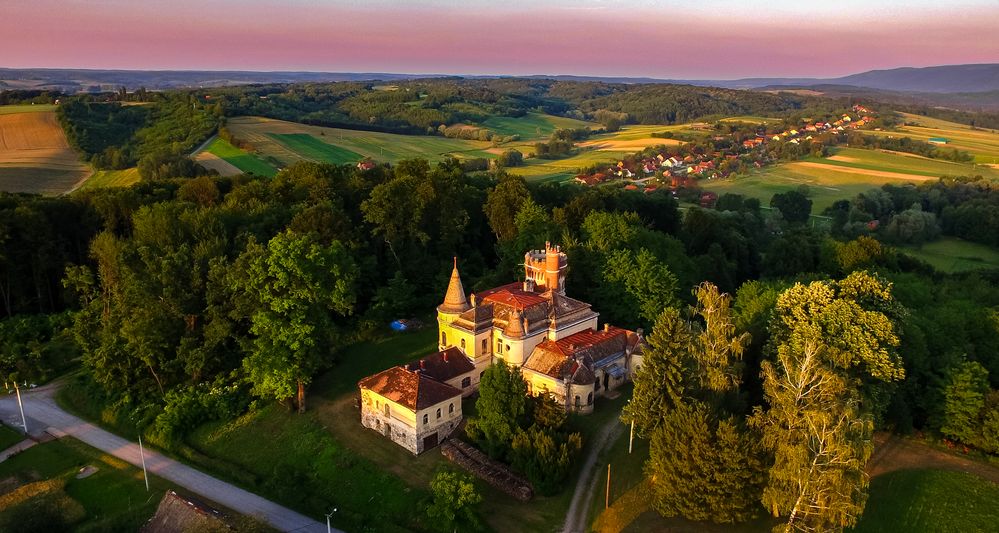
Dioš Castle (Photo credit: Ivo Biocina / Source: CNTB)
Dioš Castle is located 7 km north of Daruvar, in Slavonia, northeastern Croatia. It is one of the newest castles in Slavonia, built in 1904. It was built by the Noble family Tüköry – Alajoš and his wife Paula for their daughter Marija.
From 1995 the castle again came into Croatian ownership.
